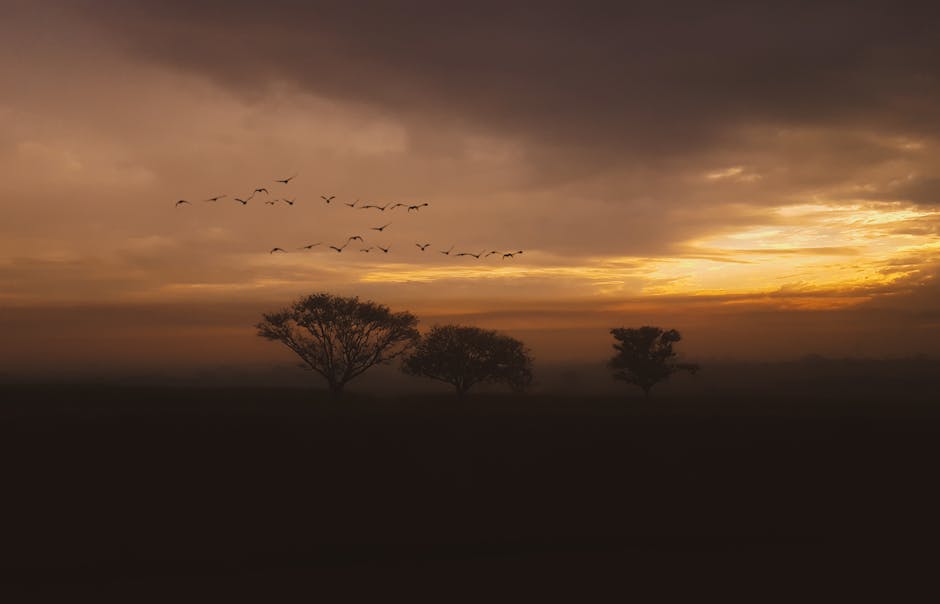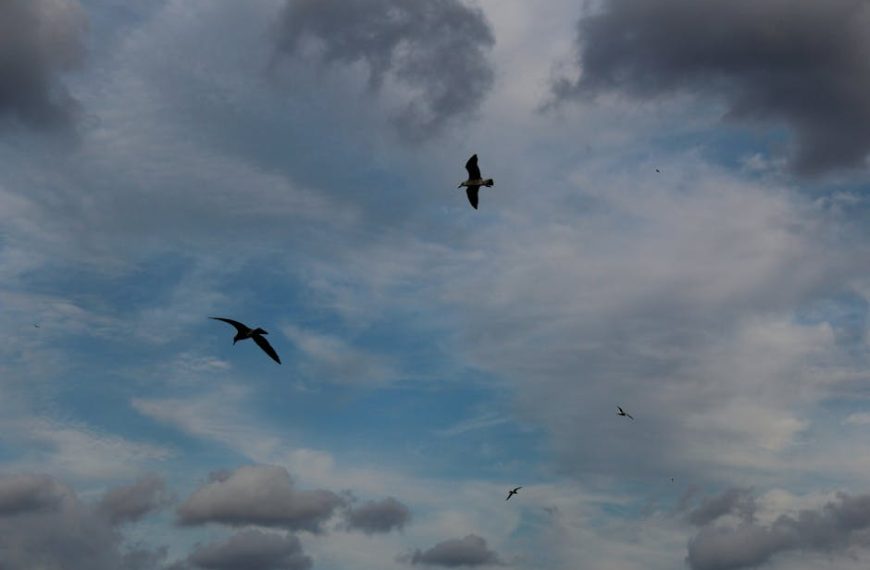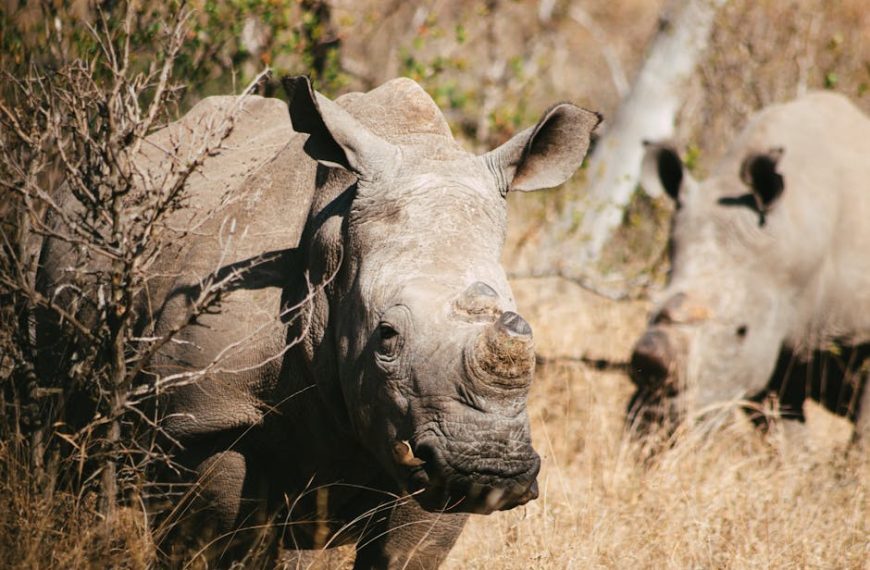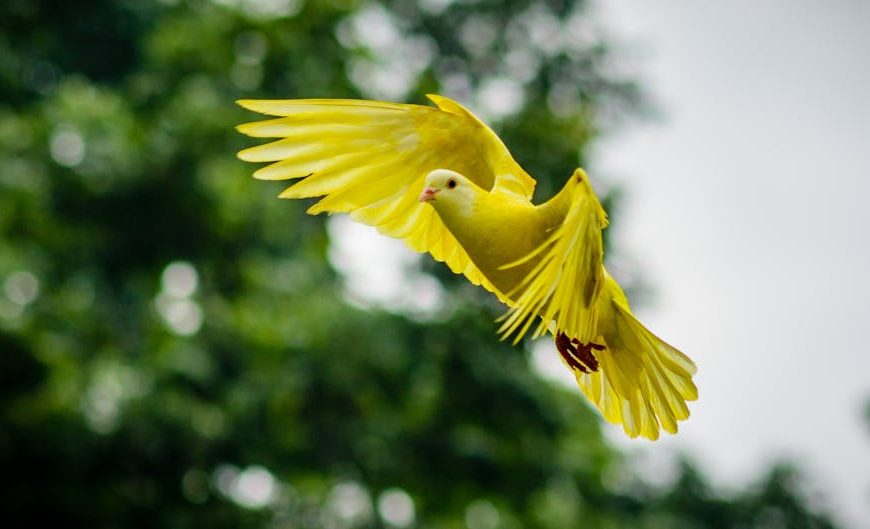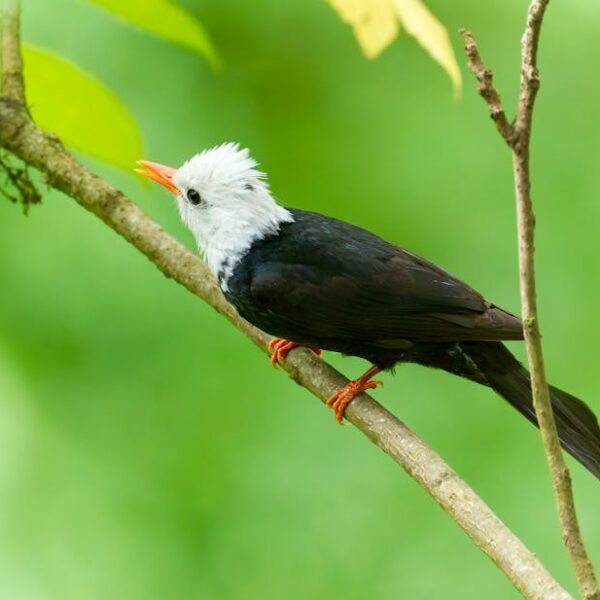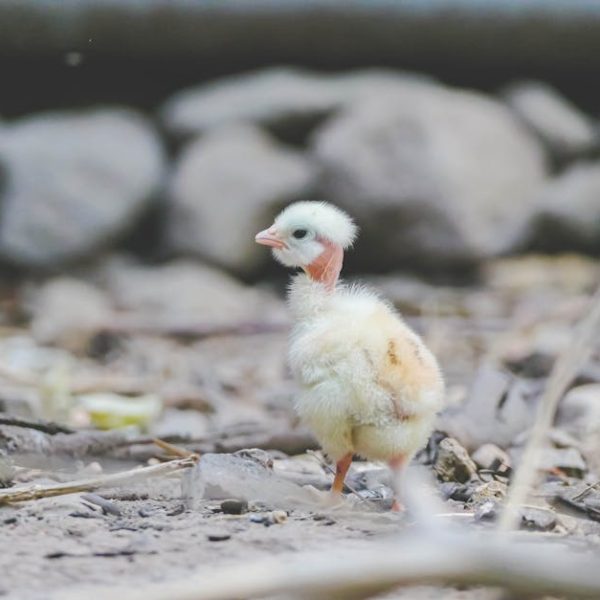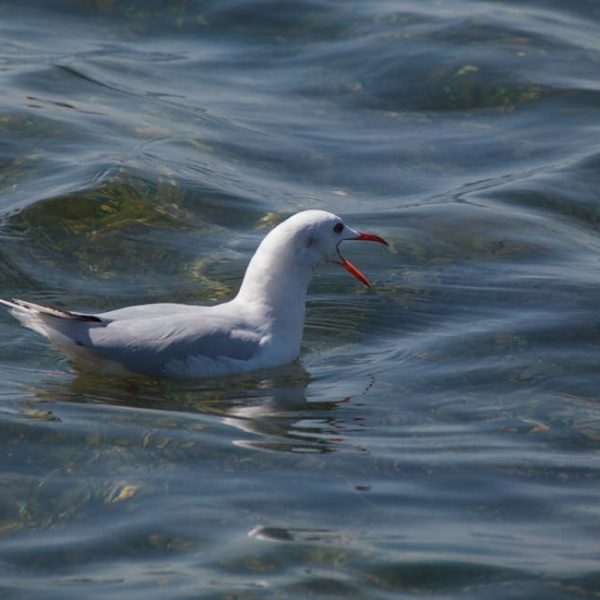In the world of ornithology, the timing and patterns of bird migration are an endlessly fascinating subject. Bird migration, simply put, is the regular seasonal movement, often north and south along a flyway, occurring between breeding and wintering grounds. This phenomenon is primarily influenced by changes in food availability, weather, and daylight, leading to movements that can span over thousands of miles. This migration is not a random, disorganized process, but a complex ecological occurrence requiring an intricate balance of energy, direction, and conditions.
January: Winter Migrations
As the New Year rolls in, January ushers the onset of winter migrations for several bird species. A striking example is the Sandhill Crane, a species that begins its migratory journey due to the scarcity of food sources in their northern breeding grounds. These cranes position their migration through warmer southern states and regions where food is more accessible during the harsh winter months.
Common Birds that Migrate in January:
- Sandhill Crane
- Snowy Owl
- Northern Hawk Owl
Birdwatching Tips:
- Utilize bird identification apps or guides to differentiate various species.
- Look for bird-friendly spaces like nature reserves or wetlands known to attract migratory birds.
- Dress warmly and adequately. Remember, bird watching in winter requires patience, and you do not want the cold to hinder your experience.
February: Late Winter Migrations
As winter days slowly recede giving way to impending spring, several bird species initiate their migratory journey. The American Robin, a familiar species, commences their movement in February. Changes in temperature and daylight, coupled with an increase in food sources, stimulate these migrations.
Late Winter Migration Checklist:
- American Robin
- Snow Geese
- Furry Woodpecker
Moving at this time of year, while winter lingers, can be advantageous for birds since they gain a head start in securing the best breeding territories. However, this migration timing comes with cons; unpredictable weather conditions, including late-winter storms, can be perilous for these early migrators.
March: The Start of Spring Migrations
The echoes of returning migratory birds become a staple of March landscapes as spring migration ensues. The Red-winged Blackbird is often one of the first birds to end their winter vacations, gracing the fields and marshes with their bubbly chorus. Their early appearance signposts the increasing pulse of spring migration.
Comparatively, the timing and duration of spring migration vary among species. Birds like the Mountain Bluebird and Tree Swallow return relatively early in March, whereas species like the White-crowned Sparrow and Lazuli Bunting might delay their migration till later in the season.
Pro Tips:
- Early mornings are the best times for spotting migratory birds.
- Keep an eye on weather reports. Migratory movement intensifies before a change in weather.
- Use eBird, a citizen-science project, to track migration patterns.
April to June: Peak of Spring Migrations
The mellifluous chatter of birds asserts itself as we delve deeper into spring. April to June witnesses the crest of spring bird migrations. For instance, Warblers and Swallows arch the skies, traveling to their northern breeding territories. With increased food, birds can replenish energy reserves expended during their long flights. However, this influx also translates to fiercer competition for resources amongst the migratory birds.
Bird Species Migrating from April to June:
- Warblers
- Swallows
- Eastern Phoebe
For bird-watchers, this is a fantastic period for bird observation. Here are some tips to get the most out of this peak migration season:
- Join bird-watching groups or clubs. Being amongst like-minded individuals can enhance your bird-watching experience.
- Areas near bodies of water tend to attract numerous birds due to plentiful food resources. Some birds also use these water bodies as navigation landmarks.
- Capture your bird-watching memories. Carrying a camera or a sketchbook along can quickly turn your hobby into an immense source of joy.
July to September: Summer to Early Fall Migration
As summer shades into early fall, birds like Shorebirds begin their migration cycle. The patterns of migration during this period differ greatly from the mass synchronized exodus in spring. Early migration might be triggered by the completion of breeding seasons. By migrating early, birds evade the hardship of deteriorating weather conditions and declining food supplies later in the season.
Early Fall Migration Checklist:
- Shorebirds
- Bank Swallow
- Cliff Swallow
But every decision a bird makes carries a trade-off. Migrating early means fewer resources available as plants and insects are still in the prime of summer abundance. Additionally, early migrators risk arriving at their wintering grounds too soon, where conditions might still be unfavorable.
October to December: Peak of Fall Migrations and Start of Winter Migrations
The canvas of the sky in late fall is tinted with migrating Hawks and Sparrows. The peak of fal migrations and the initiation of winter migrations happen during this period. Birds make the most of their body reserves and winds to expedite their long, grueling journey.
Comparing the migration patterns, Hawks exploit the thermal air currents to assist in their migration, soaring great distances with minimal energy use. On the other hand, some Sparrow species hold off their migration until late in the season, often flying at night when the air is calmer and fewer predators are about.
Pro Tips:
- Use online resources like bird migration forecasts to plan your bird-watching agenda.
- Some nocturnal migrating birds can be observed during the day at stopover sites where they rest and forage.
- Birds often migrate in groups. If you spot one bird, stay put and watch the area; more are likely to follow.
Bird migration is a spectacle, regardless of the season. This guide helps you understand when certain bird species migrate, thereby increasing your chance of witnessing this natural wonder. So, the next time you’re outdoors, don’t forget to admire the birds and perhaps, be the privileged spectator of their grand migration journey.
Key Takeaway:
- Bird migration is an annual, predictable event caused by changes in food availability, weather, and daylight.
- Different bird species migrate during different months. For example, the Sandhill Cranes migrate in January due to food scarcity, the Red-winged Blackbird begins its spring migration in March, and Warblers and Swallows peak in their spring migration between April and June.
- The timing of their migration comes with pros and cons, such as having a head start in securing the best breeding territories but also facing unpredictable weather conditions.
- Bird watching practices vary depending on the season and bird species.
Bird migration is indeed a remarkable event, a testament to the tenacity, adaptability, and perseverance of our avian friends. It’s a spectacle worth witnessing, and understanding these patterns can help us appreciate it even more. So, whether you’re a seasoned birdwatcher or a novice enthusiast, may your birdwatching experience be filled with awe-inspiring sights and sounds.
FAQs
Q: What triggers the start of bird migration?
A: Bird migration is triggered by a combination of changes in food availability, weather conditions, and the amount of daylight.
Q: Are there specific patterns to bird migration routes?
A: Yes, bird migration routes typically involve traveling north and south along specific flyways between breeding and wintering grounds.
Q: Are there risks involved in bird migration?
A: Yes, birds face numerous risks while migrating, like severe weather conditions, shortage of food, and predators.
Q: How can I aid in bird conservation during migration periods?
A: You can contribute to bird conservation by reducing window strikes, keeping cats indoors, and creating bird-friendly habitats in your backyard.
Q: What are the best times to observe bird migration?
A: This varies depending on the bird species and the season. However, early mornings are generally good for spotting migratory birds.
As you continue your bird-watching journey, remember to share your findings with others. Every piece of data contributes to the ongoing study of bird migration. So, why keep the excitement to yourself? Share this article, invite others to this fascinating world, and explore more posts on our website.
